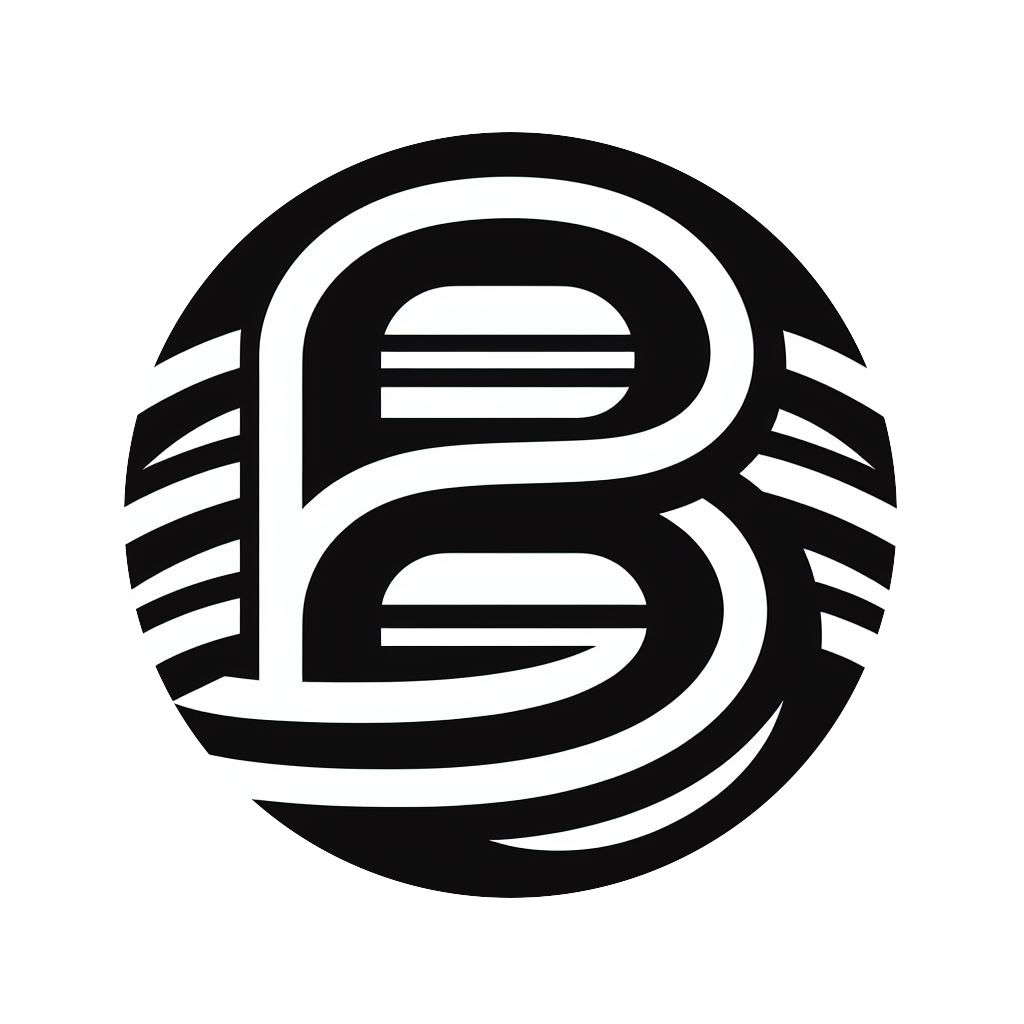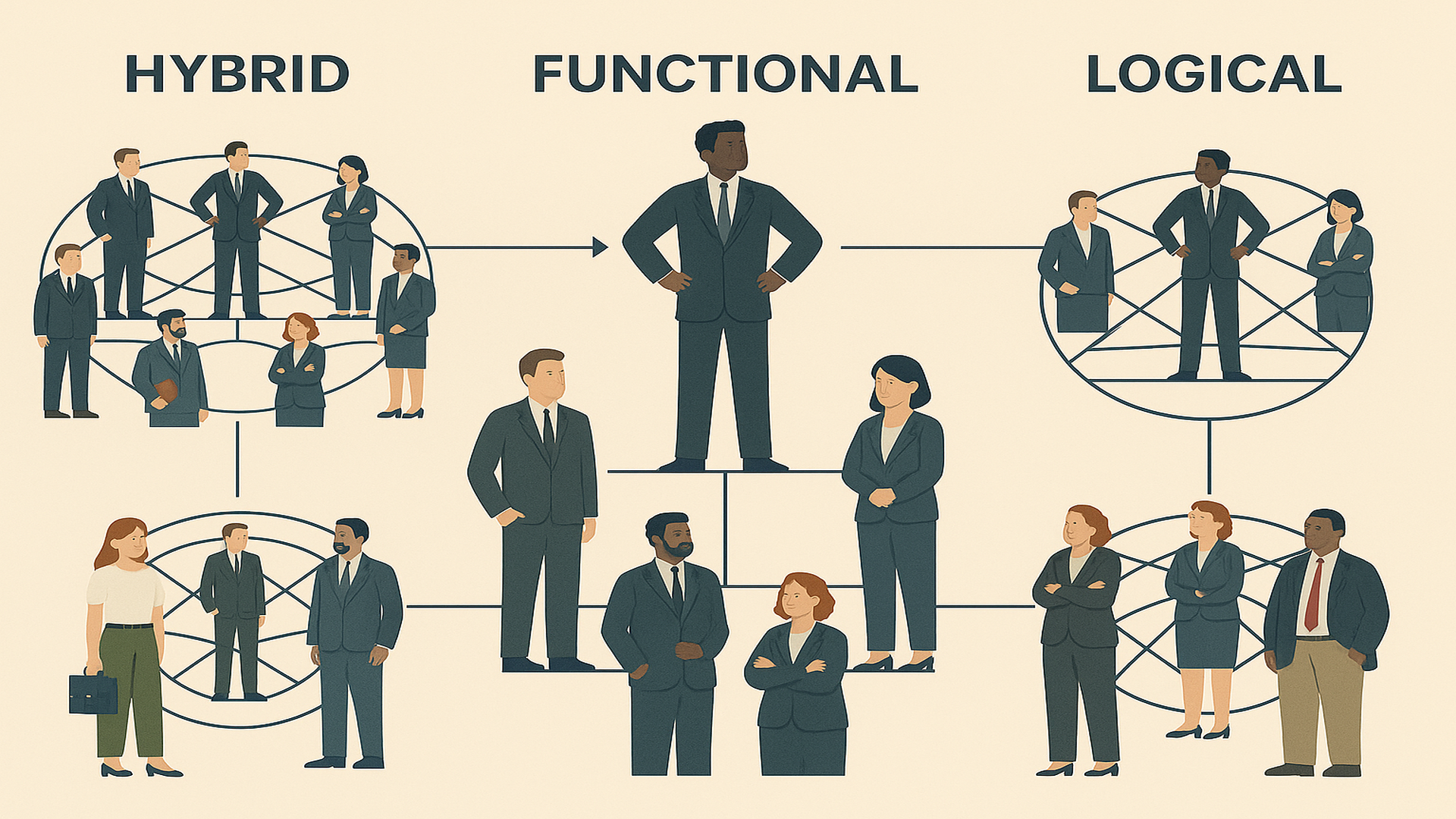Is Your Organization Functional, Logical or Hybrid?
In my last post I discussed at a high level how manufacturers have long relied on functionally organized teams—engineering, production, quality control—each a hierarchy operating independently within its area of expertise, and handing their work “over the wall” to the next. Within engineering alone, disciplines like mechanical, electrical, and software often use domain-specific tools to maximize efficiency. Yet, as modern products grow in complexity and cross-disciplinary integration becomes the norm, rigid organizational structures struggle to keep up and so do the PLM systems they chose.
How your organization is structured says a lot about how it solves problems. In manufacturing, many companies still use a functional model—grouping people by discipline like engineering, supply chain, or quality. This offers clarity and deep domain expertise but can create silos that slow innovation and product integration.
A logical organization, by contrast, is structured around product lines, customer needs, or regional markets. These teams are cross-functional by design, allowing decisions to be made closer to the product or market. For example, a company might have separate teams for Sedans, SUVs, and EVs, each empowered to manage their workflows, priorities, and tools. Logical structures promote agility but can suffer from ambiguity around roles, authority, and system ownership.
Hybrid organizations blend both approaches, aiming to get the best of each. A central function may still exist, but teams also form around products or customer segments. This setup is increasingly common as companies adopt digital workflows and cloud-native tools that support collaboration across locations and functions.
But hybrid structures come with friction. Each domain uses its preferred systems, often with incompatible data formats and processes. Engineering might run a PLM system tied to its CAD tools, while supply chain and finance rely on ERP systems. Integrating these workflows is complex, and misalignments can lead to inefficiencies, rework, and missed deadlines.
The challenge—and opportunity—is to choose the right organizational structure for each product line. If a product is relatively simple and discipline-specific, a functional model may suffice. But as products become more heterogeneous, the logic of the organization must reflect the complexity of the work. Ask yourself: does your structure support how your people need to work? If not, it might be time to rethink it. Please share your comments and thoughts!
#systemofsystems hashtag#PLM hashtag#hardware hashtag#cloudPLM hashtag#digitaltransformation hashtag#organizationalstructure hashtag#digitaldesign hashtag#CAD hashtag#CAE

